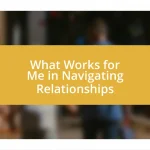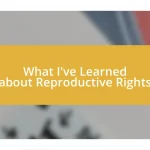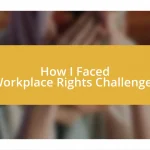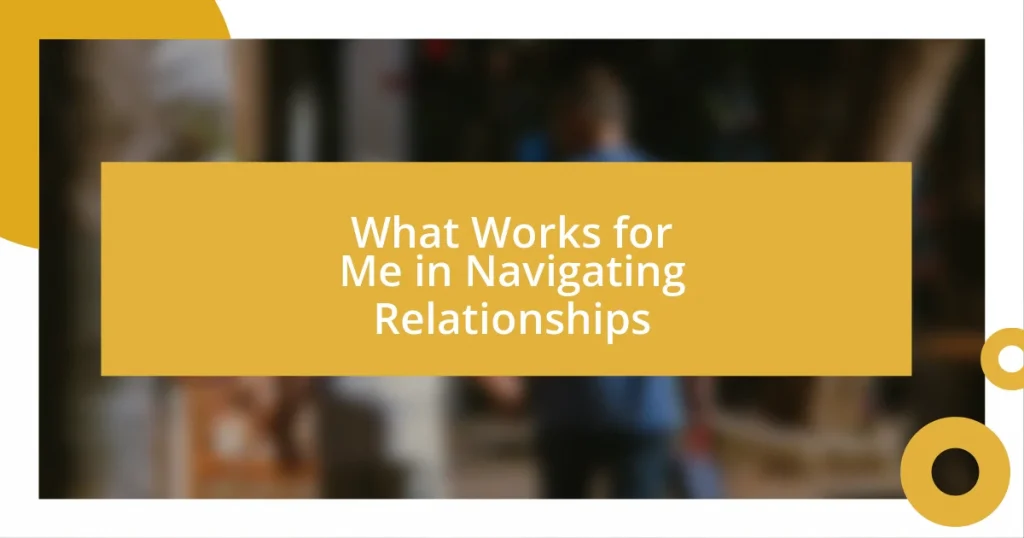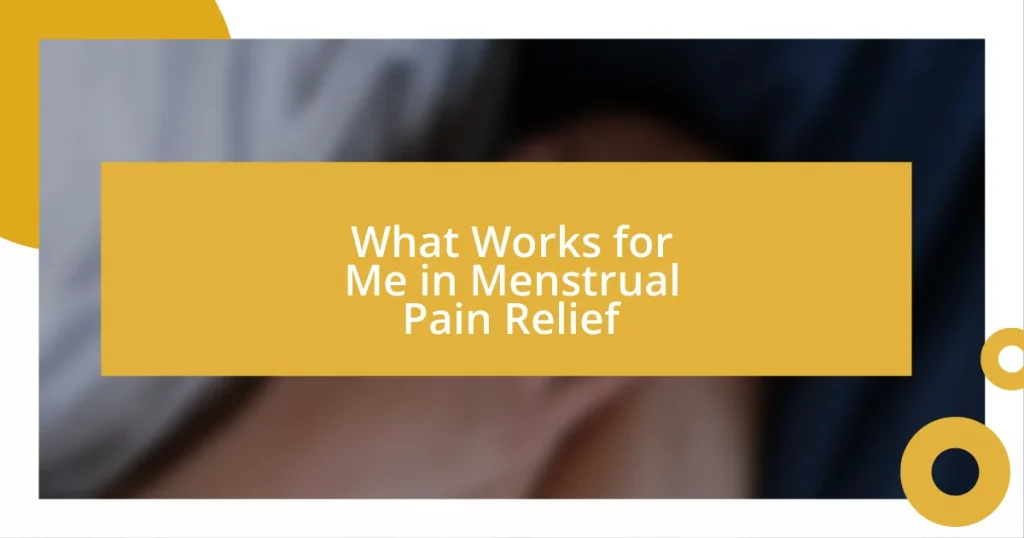Key takeaways:
- Discovering the importance of collective action within the disability community sparked the author’s commitment to advocate for equal access and representation.
- Facing challenges such as misunderstanding and systemic barriers fueled the author’s resolve to educate others about the vital need for disability rights.
- Engaging with policymakers through personal stories and data highlighted the impact of advocacy efforts, emphasizing the significance of building relationships and celebrating progress in the fight for disability rights.
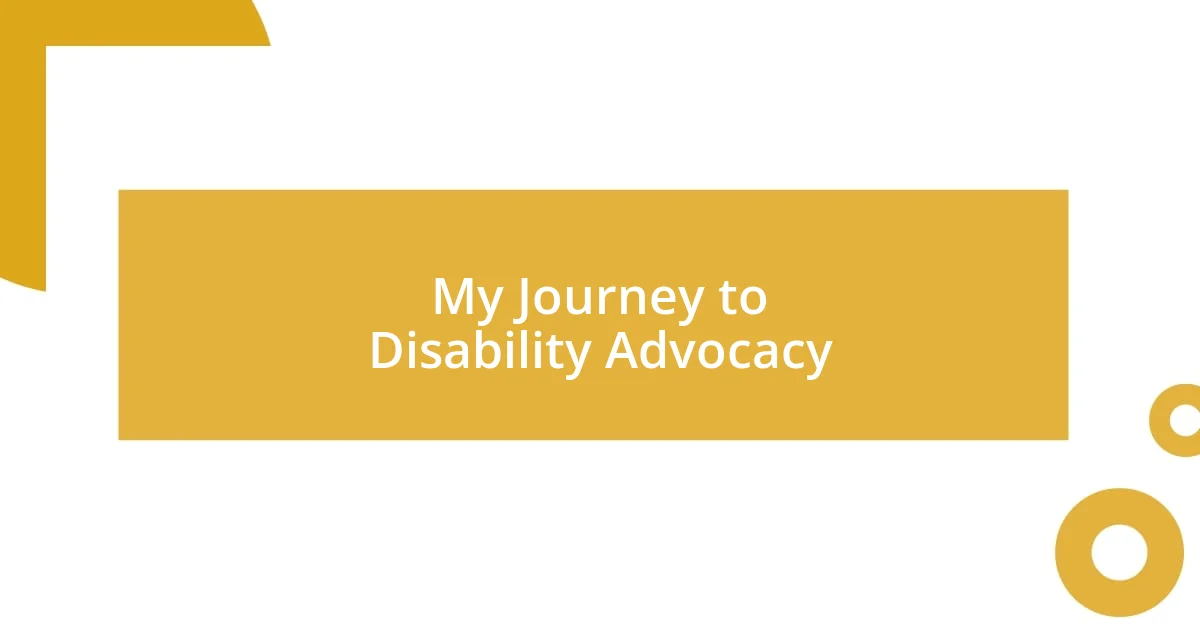
My Journey to Disability Advocacy
I’d always felt a bit out of place growing up, often navigating spaces that weren’t designed with me in mind. I remember one afternoon in high school, when the elevator broke, and I had to find a way up three flights of stairs. My heart raced with frustration, not just because of the physical challenge, but because it hit me—this was a daily reality for countless others.
As I entered college, I discovered my voice within the disability community. Attending my first advocacy meeting opened my eyes to the power of collective action. I often found myself asking, “What if we could change the narrative?” That became my mission. Each story shared felt like a piece of armor, bolstering my resolve to fight for equal access and representation.
Years later, standing in front of a crowd advocating for policy changes, I had a moment of clarity. I thought back to those times I had felt invisible; it motivated every word I spoke. I can’t help but wonder how many lives could change if we keep pushing the boundaries. Isn’t it worth it to keep fighting for a world where everyone can thrive?
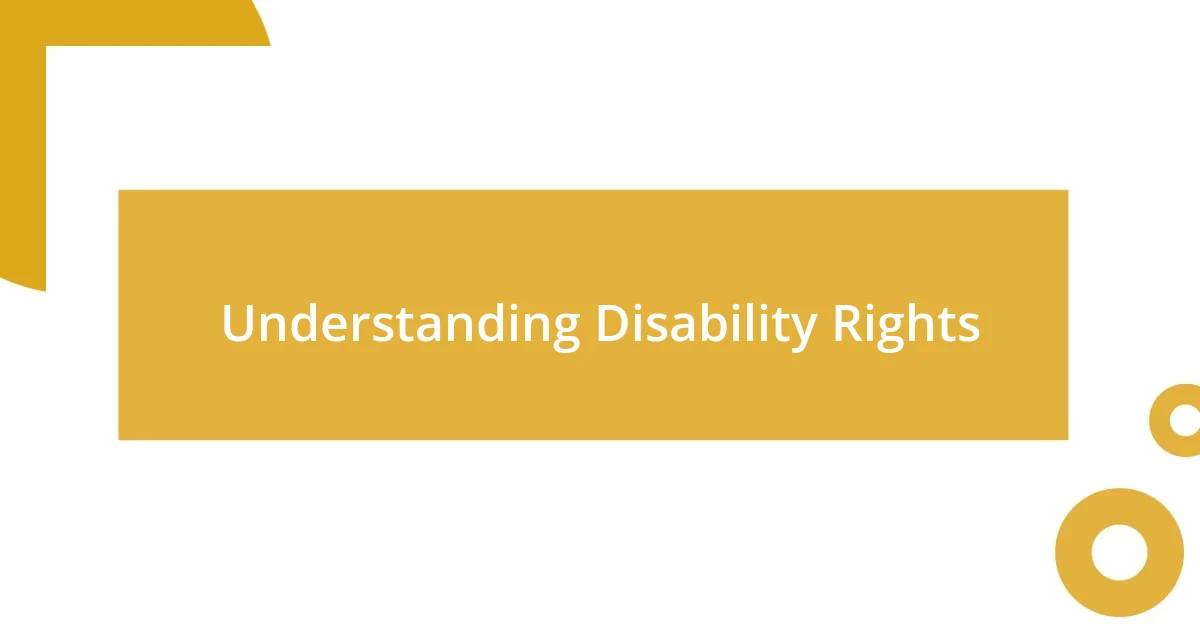
Understanding Disability Rights
Understanding disability rights means grasping the fundamental principle that individuals with disabilities deserve the same rights and opportunities as anyone else. I recall a time during my early advocacy efforts when I attended a city council meeting. Watching the decision-makers discuss funding for accessible public transport, I felt a mix of hope and frustration. It was clear that many didn’t understand how critical this issue was for people like me. Their decisions were not just policies; they represented our daily struggles.
When I first learned about the history of disability rights, I was shocked by the many battles fought for basic liberties—like access to education and employment. It dawned on me that my experience was part of a larger narrative. Just like in the past, where activists rallied for change, I began to see my role as crucial. I often ask myself, “How can I contribute to this ongoing legacy?” Understanding the rights we seek is only half the battle; it’s our duty to ensure these rights are honored and expanded.
Furthermore, the impact of systemic barriers cannot be overstated. My interaction with local businesses, who often overlook accessibility in their services, taught me that education is an ongoing process. I vividly remember explaining to a shop owner why a small ramp made a substantial difference. Moments like these remind me that awareness can spark change. Recognizing disability rights isn’t just about understanding existing laws—it’s about fostering empathy and action within our communities.
| Aspects of Disability Rights | Personal Experiences |
|---|---|
| Legal Framework | Awareness of rights often begins with understanding laws like the ADA (Americans with Disabilities Act), which protects against discrimination. |
| Community Advocacy | Engaging with local advocacy groups opened doors for me to connect and share experiences that resonate with others facing similar challenges. |
| Systemic Awareness | Recognizing that many barriers are rooted in social attitudes has deepened my commitment to educate and inspire change. |
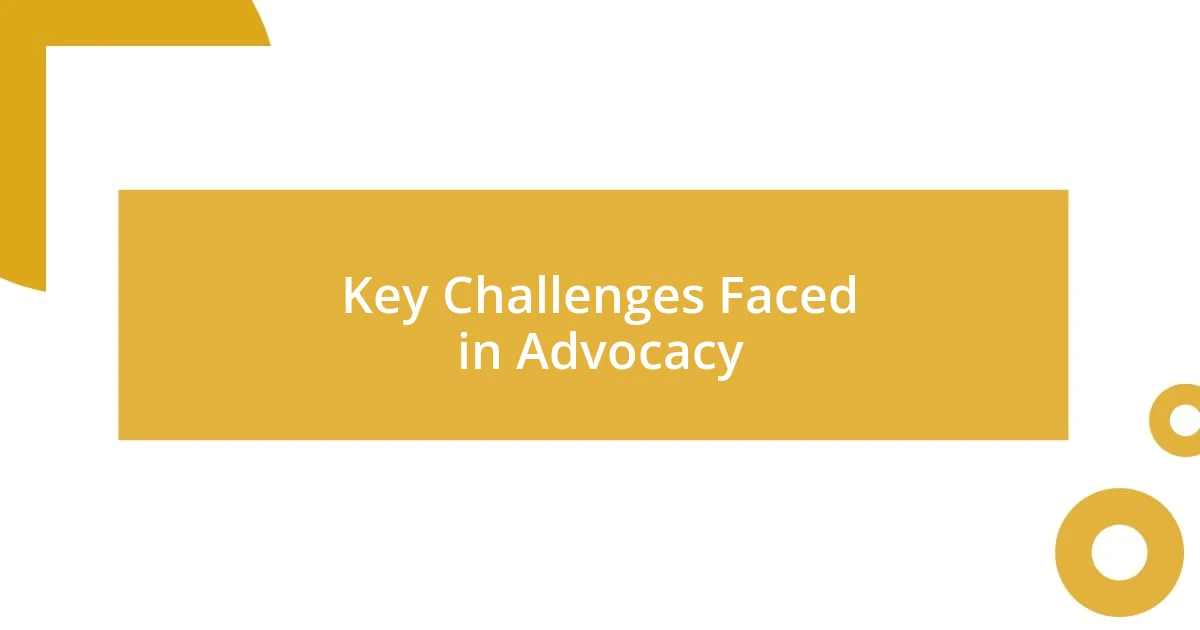
Key Challenges Faced in Advocacy
It’s fascinating yet disheartening how many challenges we face in advocacy for disability rights. I’ve encountered considerable pushback, especially when discussing the need for systemic changes. Sometimes, it feels like trying to move a mountain with bare hands. I remember the heated discussions at community town halls where resistance often came from those who seemed to misunderstand our intentions. They viewed our requests for change as burdens rather than rights, which was incredibly frustrating.
Here are some critical challenges I’ve faced in advocacy:
- Misunderstanding of Needs: Many people fail to see the daily obstacles individuals with disabilities face, often viewing them as inconveniences rather than urgent needs.
- Limited Resources: Advocacy often hinges on funding, and many campaigns struggle to secure necessary financial backing to effectively push for meaningful change.
- Cultural Barriers: Some communities harbor misconceptions about disabilities, leading to stigma that complicates advocacy efforts.
- Accessibility in Advocacy Spaces: I’ve often noticed that the very places we gather to advocate lack the proper accommodations, reflecting a systemic oversight that needs urgent attention.
While these challenges can feel daunting, each interaction becomes a chance to educate. I see this as an opportunity to share how impactful even modest changes can be for the lives of many. It reminds me that persistence is essential, even when it feels like we’re fighting against a tide of indifference.
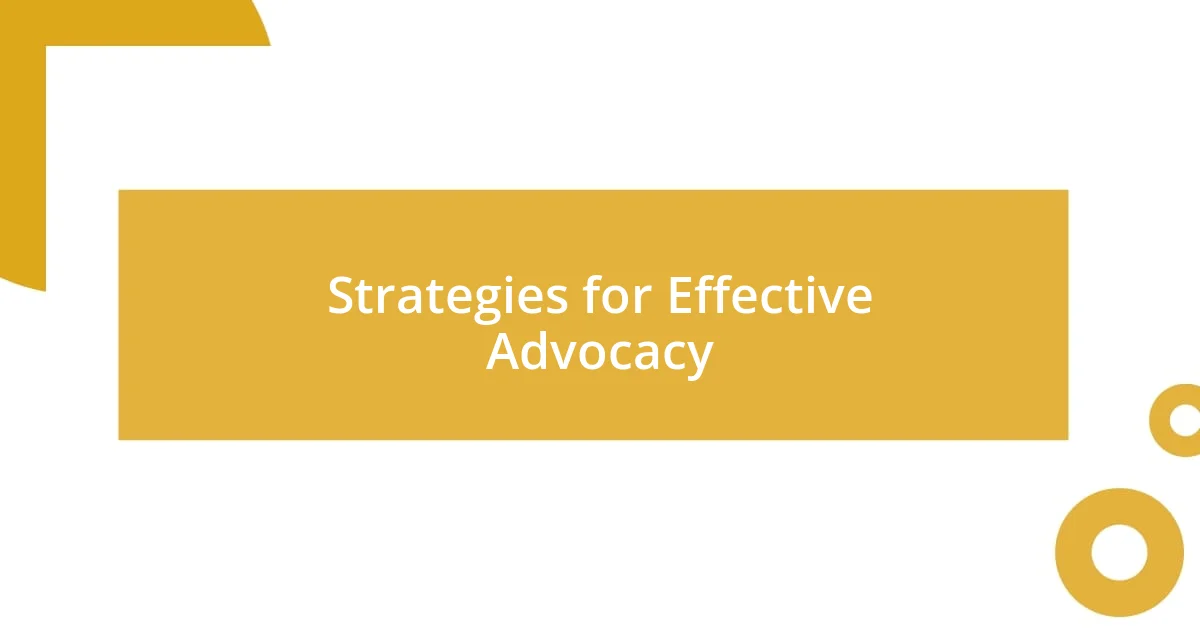
Strategies for Effective Advocacy
Advocating for disability rights requires a strategic approach that often begins with building strong relationships. I remember a time when I reached out to a local activist who had successfully campaigned for accessible restrooms in public parks. By collaborating and sharing insights, we crafted a plan that united our efforts. This connection not only expanded our reach but also created a supportive network where shared stories fueled our passion for change. How powerful is it to find common ground in our advocacy?
Another effective strategy is storytelling. I often share my personal experiences at community events—not just as a litany of challenges, but as illustrations of resilience and hope. For instance, when I recounted my struggles with finding accessible housing, I could see the impact on the audience. Faces softened, and questions flowed. It’s a reminder that when we put a human face on advocacy, it resonates deeply. Isn’t it incredible how a single story can open hearts and minds?
Finally, I’ve found that leveraging social media can amplify our voices significantly. One day, I posted about a local business that failed to accommodate my needs, and the response was overwhelming. Friends and even strangers shared their own experiences. This viral movement created a pressure that urged the business owner to reconsider their practices. Harnessing the power of online platforms not only raises awareness but also cultivates community involvement. Isn’t it amazing how technology can be a tool for good?
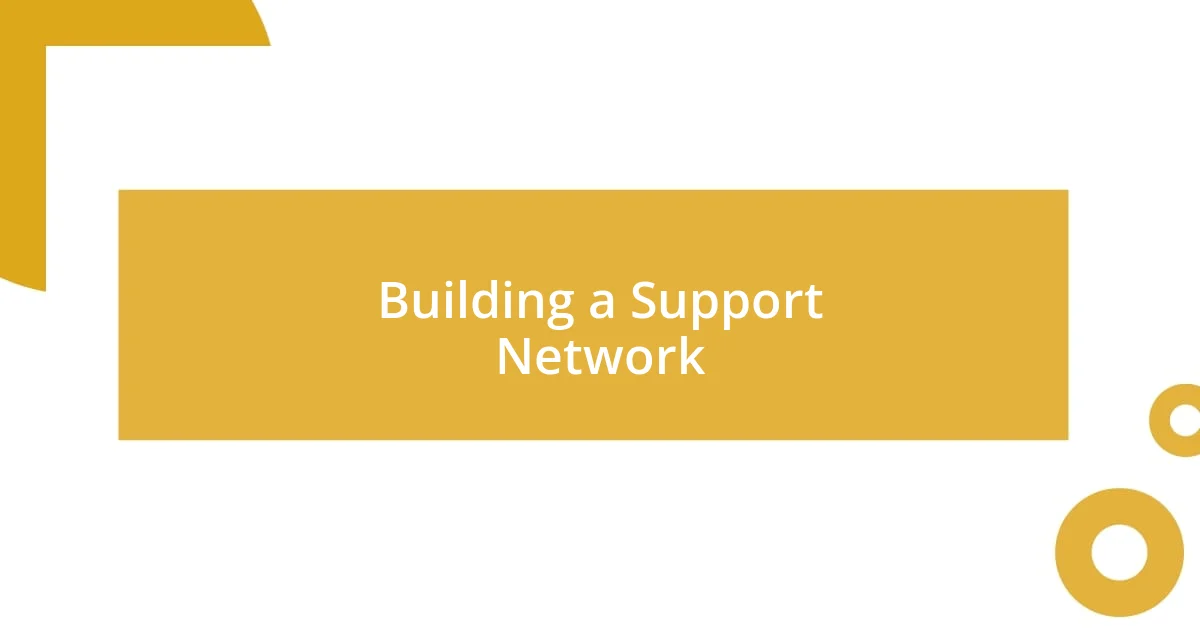
Building a Support Network
Building a supportive network in the fight for disability rights has been crucial in my journey. I recall the moment I joined a local disability rights group; it felt like finding a family that truly understood my experiences and frustrations. We shared not only our challenges but also our victories, no matter how small. How invigorating is it to know you’re not alone in this fight?
I also realized that connecting with allies from diverse backgrounds is vital. At one community event, I met a parent advocating for her child with a disability. Her passion ignited new perspectives for me, and together we brainstormed strategies that married our causes. It’s heartening to see how collaboration can take a shared mission to unforeseen heights, don’t you think?
Moreover, I’ve often turned to mentorship for growth and guidance. I remember seeking advice from a seasoned advocate who had navigated similar struggles. Her insights transformed my approach and helped me see the bigger picture. Learning from those who have been in the trenches before you can serve as an anchor in turbulent times. Isn’t it empowering to draw strength from those who’ve successfully charted these waters?
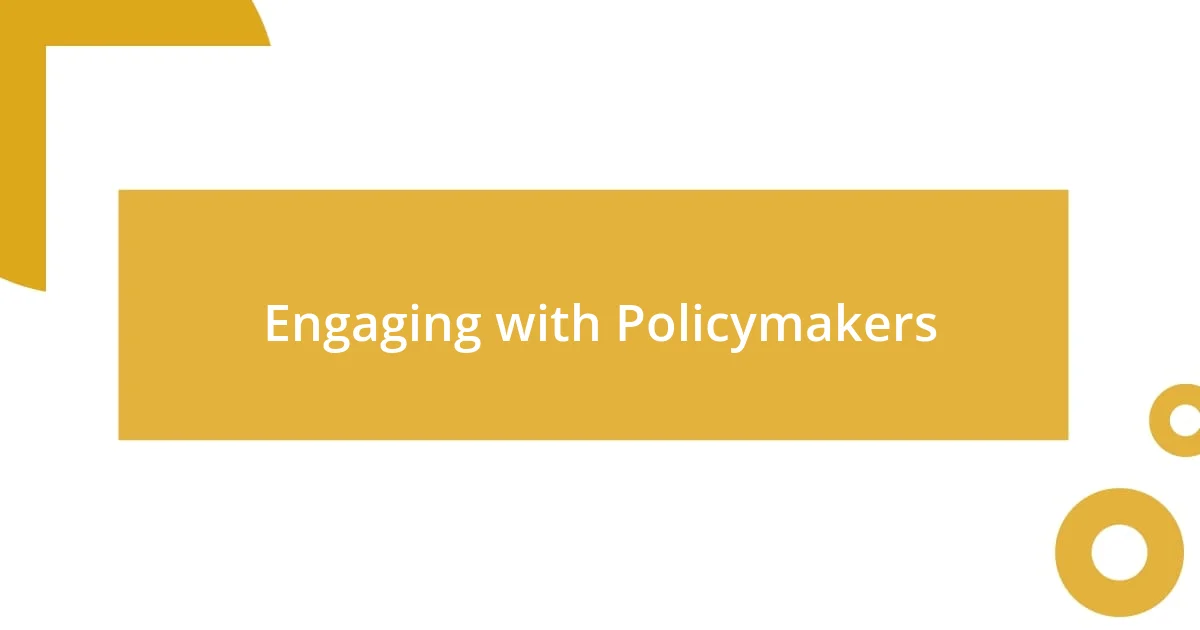
Engaging with Policymakers
Engaging with policymakers can feel like climbing a steep mountain, but it’s an essential part of advocacy. I vividly remember attending a town hall meeting where I nervously stood in line to speak. When my turn came, I shared my story about the lack of accessible public transportation. I could see the surprise on the faces of the policymakers; they were not just hearing statistics, but a real-life impact. It was a reminder that our voices carry weight when we step into those rooms.
I also learned the effectiveness of being prepared with data and specific requests. I once coordinated a letter-writing campaign among community members, asking for improvements to local accessibility standards. When I presented the collected letters, along with documented evidence of barriers we faced, I saw the shift in their demeanor. They listened intently because we came prepared, and it demonstrated our commitment. Isn’t it fascinating how the right combination of passion and information can change the conversation?
Moreover, forging ongoing relationships with policymakers is invaluable. I fondly recall a coffee chat with my local representative, where I shared my experiences and actively listened to their goals. This two-way engagement not only humanized the process but also opened opportunities for collaboration. Building trust over time means they’re more likely to consider our perspectives in future decisions. Don’t you think that creating those personal connections can truly transform advocacy into meaningful action?
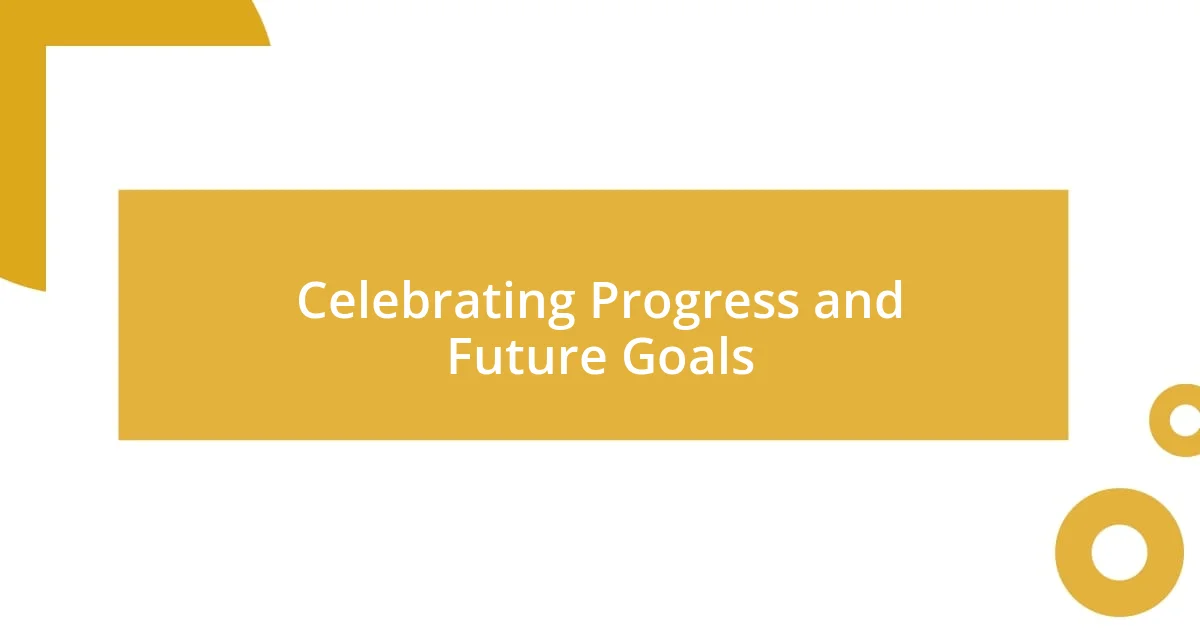
Celebrating Progress and Future Goals
I believe that celebrating our progress in disability rights is vital. Recently, I attended a rally that commemorated the 30th anniversary of the Americans with Disabilities Act. As I stood there, surrounded by fellow advocates, I felt an overwhelming sense of accomplishment. It wasn’t just about the legislation; it was about the countless hours of hard work and the lives we’ve touched along the way. Isn’t it incredible to witness how far we’ve come?
On a personal level, it’s meaningful to reflect on the shifts in attitudes within our communities. I remember a time when disability awareness was often disregarded, but now, local schools are implementing inclusive programs that welcome children of all abilities. Seeing these children thrive in an environment that embraces their unique needs brings me joy and hope. Aren’t these changes a testament to the power of relentless advocacy?
Looking ahead, I envision a future where accessibility is not just a goal but a standard. I’m passionate about the role of technology in moving us forward. Recently, I’ve explored the potential of AI-driven tools that can enhance our daily lives and break down barriers. The idea of leveraging innovation in our fight for equity fills me with excitement. Do you see the promise of these advancements in shaping a more inclusive society?
